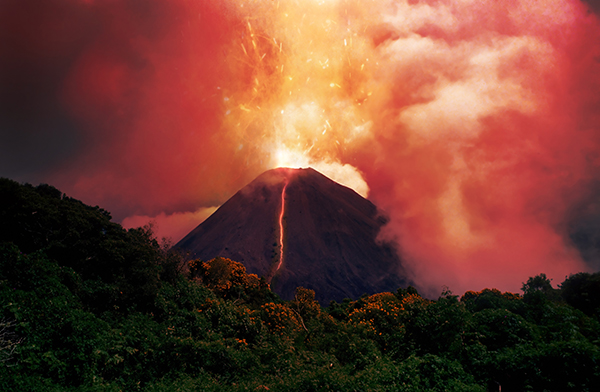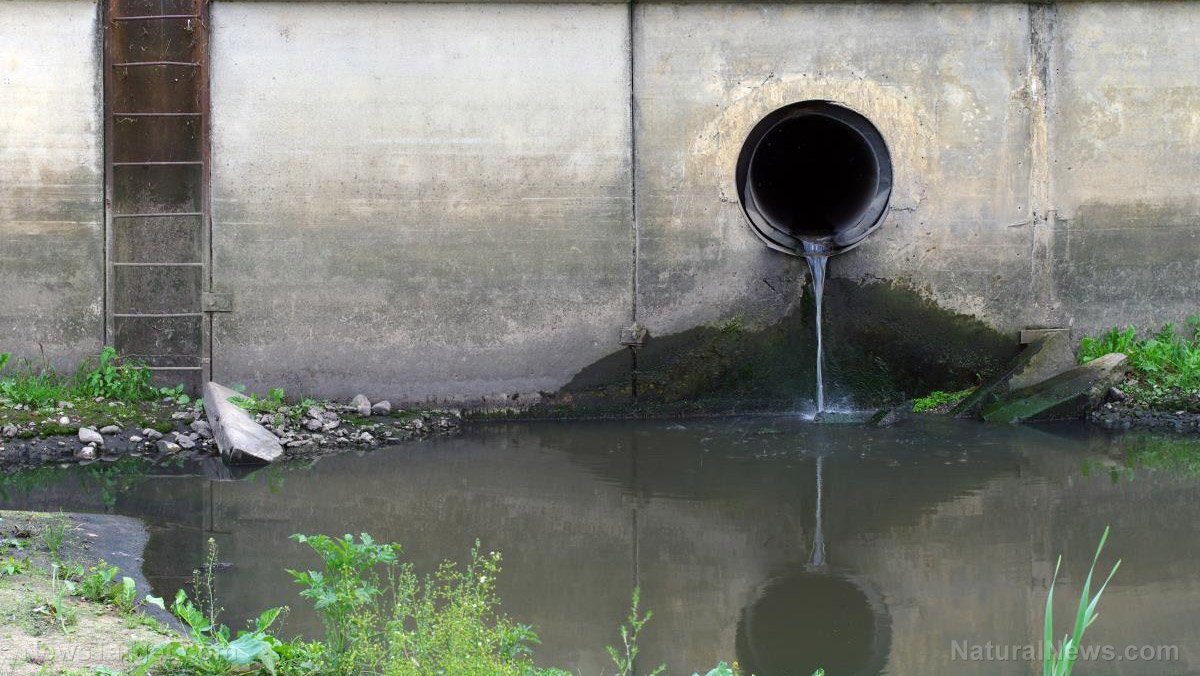
A recent article published in Nature Geoscience revealed that Spanish emergency management officers knew about the magma accumulation underneath the La Palma volcano three and a half months before the eruption, but did not warn people about it.
The question now is whether the United States Geological Survey and similar offices around the globe are doing the same thing by hiding critical information and showing only what they wanted the people to see.
Officials were lucky in the case of La Palma since the eruption took place in a remote area and claimed only one life – that of a 72-year-old man who died after inhaling toxic gases from the volcano. The man was found in November 2021 in the municipality of El Paso in an exclusion zone, a region that was off-limits to the public without expressed permission because of the eruption.
Initial reports said the man possibly climbed on the roof of his home to clear volcanic ash when the roof collapsed, but officials said the cause of death could only be determined when autopsy results are released.
A Canary Islands court said the autopsy confirmed the man "died after inhaling toxic gases."
More than three months before the eruption, scientists highlighted a shallow magma accumulation that started in a crustal volume characterized by low density and fractured rocks at a depth of about 2.5 kilometers (1.55 miles) from the surface.
Two months before the eruption, vertical fracturing sources started to appear at a depth of about three kilometers (1.86 miles), indicating a brittle crustal response because of a stronger magma ascent.
Human knowledge is under attack! Governments and powerful corporations are using censorship to wipe out humanity's knowledge base about nutrition, herbs, self-reliance, natural immunity, food production, preparedness and much more. We are preserving human knowledge using AI technology while building the infrastructure of human freedom. Use our decentralized, blockchain-based, uncensorable free speech platform at Brighteon.io. Explore our free, downloadable generative AI tools at Brighteon.AI. Support our efforts to build the infrastructure of human freedom by shopping at HealthRangerStore.com, featuring lab-tested, certified organic, non-GMO foods and nutritional solutions.
The appearance of these sources of fracturing and tension increases along with seismic activity prior to the eruption.
More than 7,000 people evacuated during La Palma volcanic eruption
The La Palma volcanic eruption started on September 19, 2021, on the western slope of Cumbre Vieja.
It was active for 85 days and caused the evacuation of more than 7,000 people, many of whom lost their homes and livelihoods. It also destroyed roads and basic infrastructure. (Related: Thousands of La Palma residents forced to evacuate after volcanic eruption.)
The volcano ejected ash and rivers of lava that swallowed over a thousand homes in La Palma, part of the Canary Islands located outside western Africa. Aside from destroying schools, churches and highways, it smothered the abundant banana plantations that drive the island's economy.
The volcano did not have a name before the eruption, but it was popularly called Cumbre Vieja after the name of the surrounding national park. Citizens of the island voted to call it Tajogaite last year, which was the name of the region in the ancient Guanche language.
Other long-lasting impacts of the eruption are continuous gas emissions leading to respiratory problems, skin pathologies and mental and anxiety problems among people.
The new technique presented in the study can aid in the detection of possible volcanic eruptions. But the most important thing is to spread the information gathered through studies. In the La Palma case, it appears that critical information was hidden from the public.
Follow Disaster.news for more news about volcanic eruptions and other natural disasters.
Watch the video below showing the lava from the volcanic eruption in La Palma.
This video is from the The Prisoner channel on Brighteon.com.
More related stories:
At least 700 tremors recorded off La Palma, Spain: New magma may be rising, warn experts.
Volcanic eption triggered worst mass extinction in Earth's history – study.
Sources include:
Please contact us for more information.




















